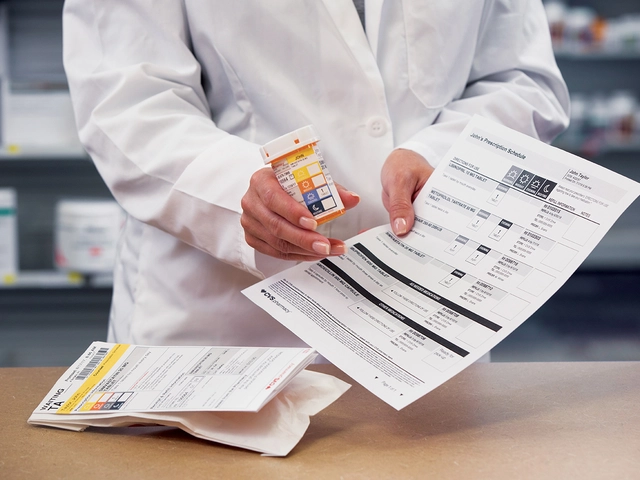Trimethoprim: What it treats and how to use it safely
Trimethoprim is a common antibiotic you’ll see for urinary tract infections and some other bacterial problems. It works by blocking bacteria from making folate, a building block they need to grow. That makes it effective against many E. coli and other urinary bugs — but it’s not right for every infection or every person. Below I’ll lay out the practical points you need: when it helps, when to be cautious, and quick tips to avoid problems.
How trimethoprim is used
For uncomplicated lower urinary tract infections (UTIs), clinicians often choose trimethoprim because it reaches the urine well and usually clears symptoms fast. Doctors tailor the dose and length to the infection: short courses work for simple UTIs, while longer or higher-dose regimens may be needed for more serious infections. If your infection is recurrent or doesn’t improve in a couple of days, a urine culture and sensitivity test helps pick the right antibiotic — resistance to trimethoprim is common in some areas.
Trimethoprim is sometimes given alone, and sometimes combined with sulfamethoxazole (that combo is called TMP-SMX or co-trimoxazole). The combo has a broader spectrum and different dosing, so don’t swap them without checking with your prescriber.
Safety, interactions and simple tips
Watch these things before you start trimethoprim. It interferes with folate metabolism, so avoid it in early pregnancy unless your doctor says it’s necessary. People with low folate, severe anemia, or certain blood disorders should be cautious — the drug can rarely cause bone marrow suppression or worsen anemia. Also tell your doctor if you take methotrexate, as effects can add up.
Trimethoprim can raise potassium levels, especially if you’re on ACE inhibitors, ARBs, spironolactone, or potassium supplements. Your doctor may check blood potassium and kidney function before or during treatment. Speaking of kidneys: dose adjustments matter if your kidney function is reduced, and the drug can slightly raise serum creatinine without real harm because it blocks tubular secretion.
Allergies and rashes happen, as with most antibiotics. Stop and call your doctor if you get sudden swelling, breathing trouble, or a severe skin reaction. Minor nausea or headache can occur, but serious side effects are rare.
Practical tips: finish the full course unless advised otherwise; drink water to help flush your urinary tract; if symptoms don’t get better in 48–72 hours, contact your provider; and keep a record of any antibiotic allergies. If you’re unsure whether trimethoprim is right for you, ask for a urine culture — local resistance patterns decide whether it’s a good choice.
Want deeper reads? Check our guides on antibiotic alternatives, drug interactions, and safe online pharmacy tips to make informed choices about medications and where you buy them.

Affordable Bactrim Online: A Comprehensive Guide
Bactrim, a known combination of antibiotics Sulfamethoxazole and Trimethoprim, is commonly used to treat various bacterial infections. It is essential to understand its medical effects, potential side effects, and how it interacts with other medications. Dosage recommendations are crucial to follow for effectiveness and safety, while exploring options for affordable online purchases aids accessibility. Careful consideration of these factors can help ensure safe and cost-effective treatment.
Read More



